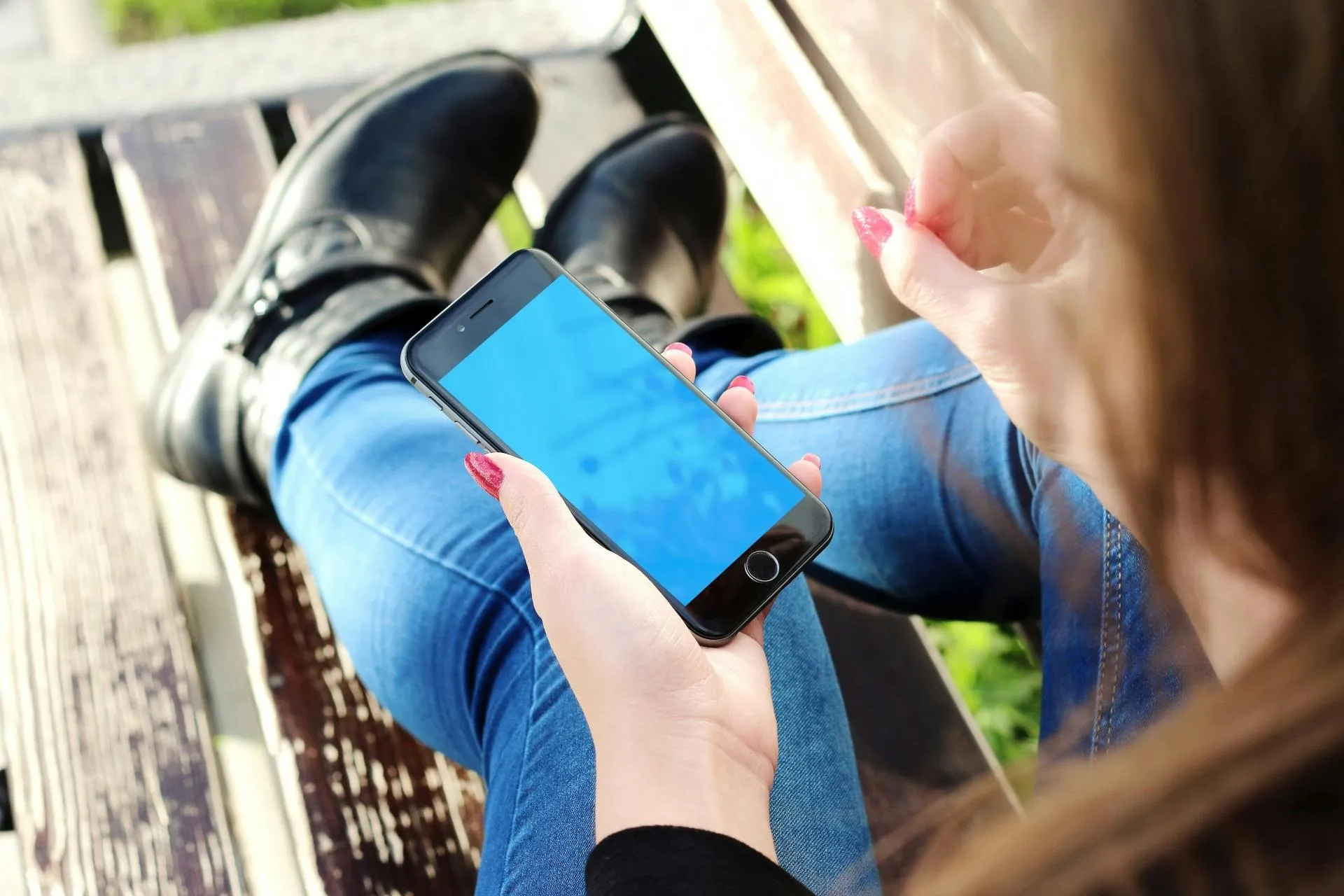how to set up apple pay
Streamlining Transactions: A Guide on How to Set Up Apple Pay
Setting up Apple Pay is like giving your wallet a digital makeover. If you're ready to make your transactions more seamless and embrace the world of contactless payments, you're in the right place. Let's dive into the steps of setting up Apple Pay, with tips, personal experiences, and all you need to know to tap, pay, and go.

Getting Started:
Checking Compatibility
Before you embark on your Apple Pay journey, ensure your device is compatible. Apple Pay works on iPhones, iPads, Apple Watches, and even Macs for online transactions.
Personal Insight:
When I upgraded my phone, I was thrilled to find out that my new iPhone was Apple Pay compatible. It felt like stepping into the future of convenient payments.
Adding Your Cards to Apple Pay:
For iPhone:
- Open the Wallet app on your iPhone.
- Tap the "+" sign to add a card.
- Follow the prompts to add your debit or credit card.
For Apple Watch:
- Open the Apple Watch app on your iPhone.
- Tap "Wallet & Apple Pay" and then "Add Card."
- Follow the on-screen instructions to add your card.
For iPad:
- Open the Settings app.
- Tap "Wallet & Apple Pay."
- Tap "Add Card" and follow the steps.
For Mac:
- If you're using Safari, go to "Preferences" and then "Wallet & Apple Pay."
- Click "Add Card" and complete the setup.
Personal Success:
The first time I added my credit card to Apple Pay, I marveled at how simple it was. No more digging through my wallet – just a few taps, and my card was securely stored.
Verifying Your Cards:
Security First
To ensure the security of your transactions, you may need to verify your card. This often involves receiving a verification code through text, email, or a call.
Proactive Approach:
Verifying my card made me appreciate the extra layer of security. It's a small step that adds peace of mind to every transaction.
Setting a Default Card:
For iPhone:
- Open the Settings app.
- Scroll down and tap "Wallet & Apple Pay."
- Tap "Default Card" and select your preferred card.
For Apple Watch:
- Open the Apple Watch app on your iPhone.
- Tap "Wallet & Apple Pay."
- Under "Transaction Defaults," select your default card.
Personal Learning:
I once accidentally paid with the wrong card because I hadn't set a default. Now, I always ensure my primary card is set for convenience.
Making Payments:
In Stores:
- Double-press the side button on your iPhone.
- Authenticate with Face ID, Touch ID, or your device passcode.
- Hold your iPhone near the contactless reader until you see "Done" and a checkmark.
Personal Success:
The first time I paid with Apple Pay in a store, the cashier looked impressed. It felt like I had unlocked a secret, more efficient way to pay.
In Apps and Online:
For iPhone or iPad:
- Select Apple Pay as your payment method during checkout.
- Confirm your payment using Face ID, Touch ID, or your passcode.
For Mac:
- Choose Apple Pay at checkout.
- Confirm the payment on your iPhone or Apple Watch.
Insightful Discovery:
I once forgot my wallet at home but managed to make an online purchase using Apple Pay on my Mac. It saved the day and my sanity.
Managing Your Apple Pay:
Reviewing Transactions
Keep track of your Apple Pay transactions in the Wallet app. It provides a detailed list of your recent purchases.
Pro Tip:
Reviewing my transactions helped me spot any discrepancies early on. It's a good habit for staying on top of your spending.
Adding More Cards:
For iPhone:
- Open the Wallet app.
- Tap the "+" sign to add another card.
- Follow the steps to add a new card.
For Other Devices:
Follow similar steps in the respective Wallet & Apple Pay settings.
Personal Learning:
I once got a new credit card and forgot to add it to Apple Pay. It was a reminder to stay proactive and update my digital wallet.
Troubleshooting Tips:
Dealing with Expired Cards
If your card on Apple Pay expires, update the information in the Wallet app to ensure uninterrupted service.
Personal Learning:
I once tried to use an expired card and had a moment of confusion at the checkout. Now, I make it a habit to update my cards promptly.
Managing Lost Devices:
If you lose your iPhone or Apple Watch, you can use the "Find My" app to suspend Apple Pay or remove your cards remotely.
Insightful Discovery:
Thankfully, I haven't lost my device, but knowing there's a way to secure my cards remotely provides valuable peace of mind.
In Conclusion:
Setting up Apple Pay is like giving your wallet a digital upgrade. With a few simple steps, you can transform your iPhone, Apple Watch, or other apple devices into a secure and convenient way to make payments. Whether you're tapping at the store or breezing through online checkouts, Apple Pay streamlines your transactions for a more seamless financial experience. Happy tapping!<